With their dazzling array of hues, Zinnia flowers are one of the most beautiful flowers in the world. With varied petal shapes and easy cultivation, zinnias have become beloved annual flowers around the world. In this article, we will delve into the captivating world of Zinnia flowers, exploring their characteristics, cultural significance, and the joy they bring to gardens and bouquets alike.
Zinnia Flower images
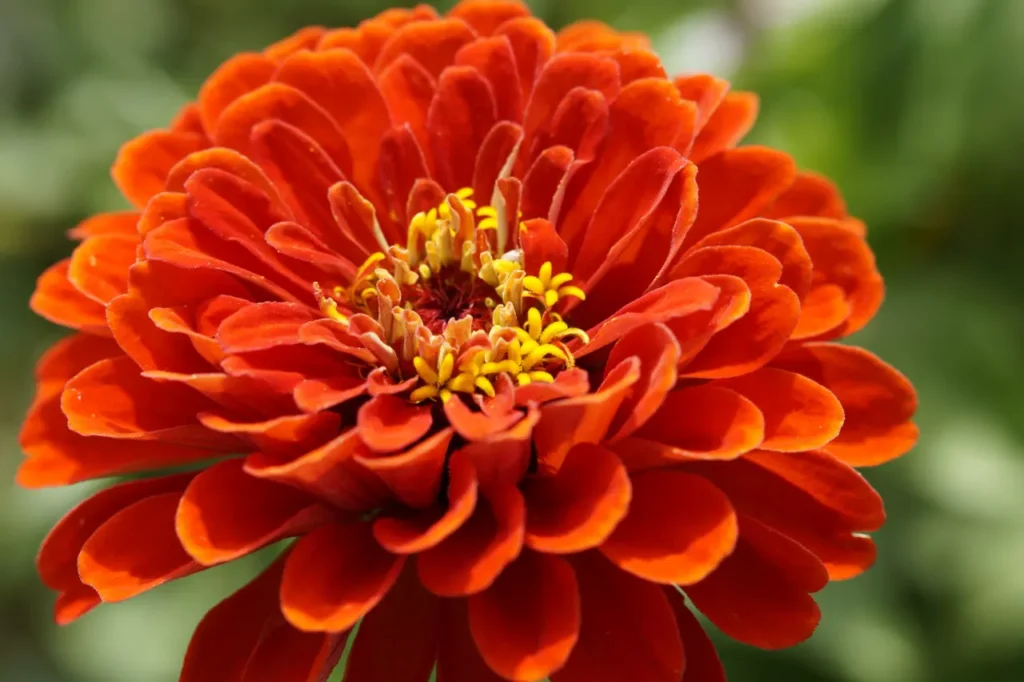
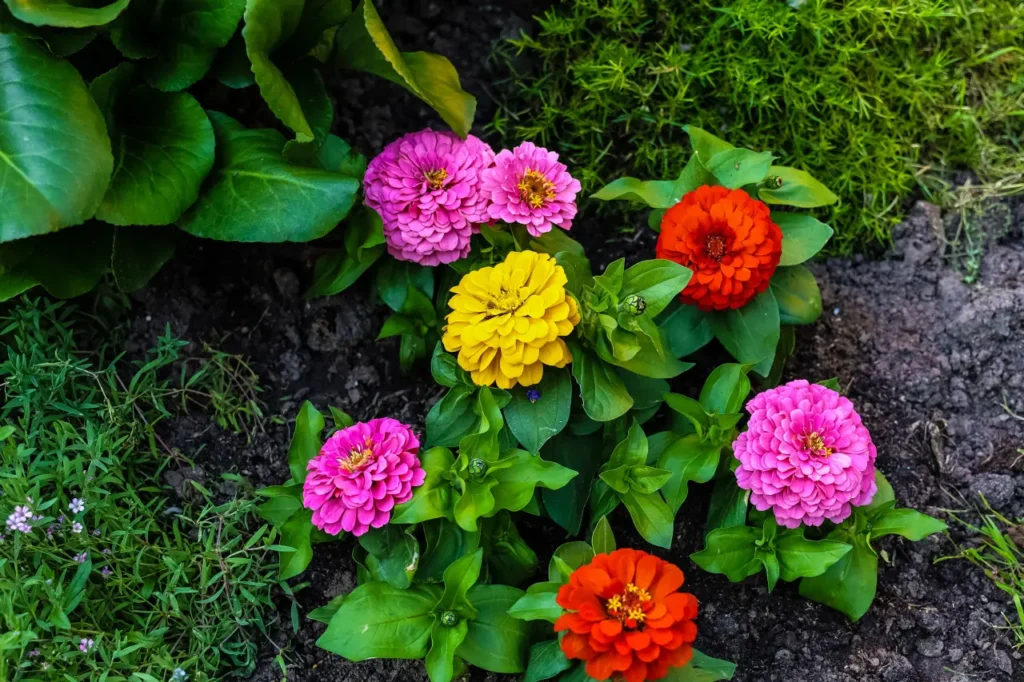
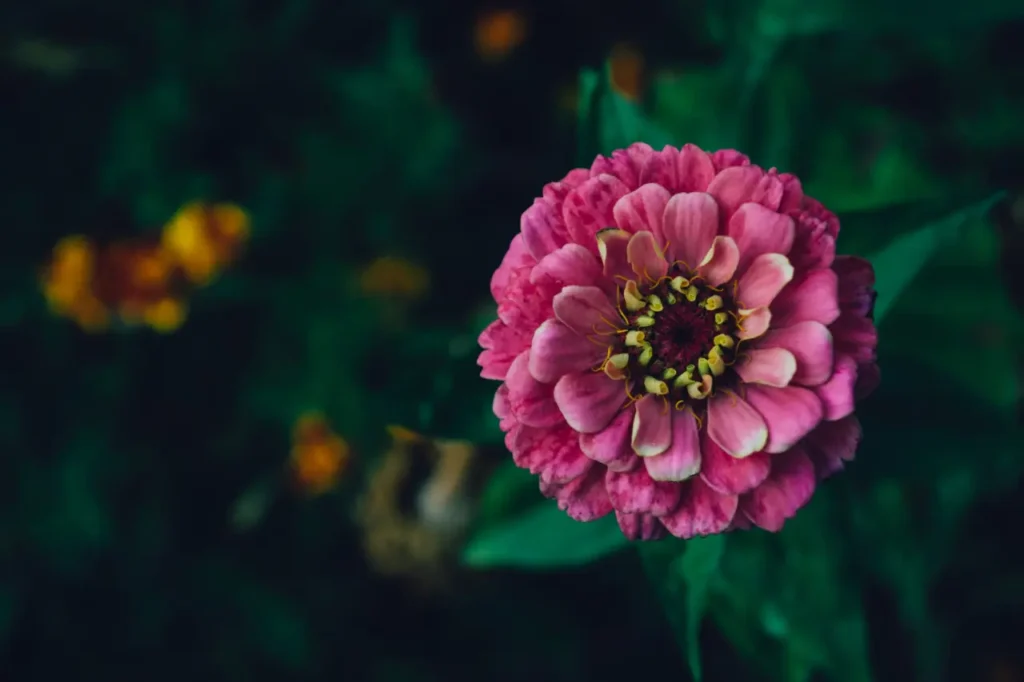
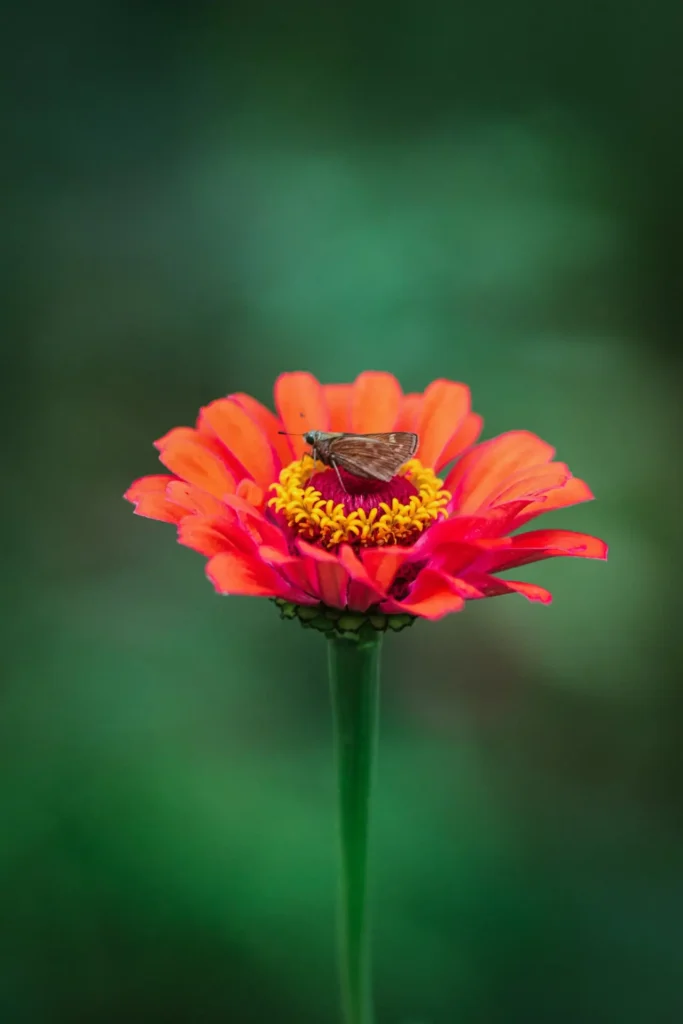
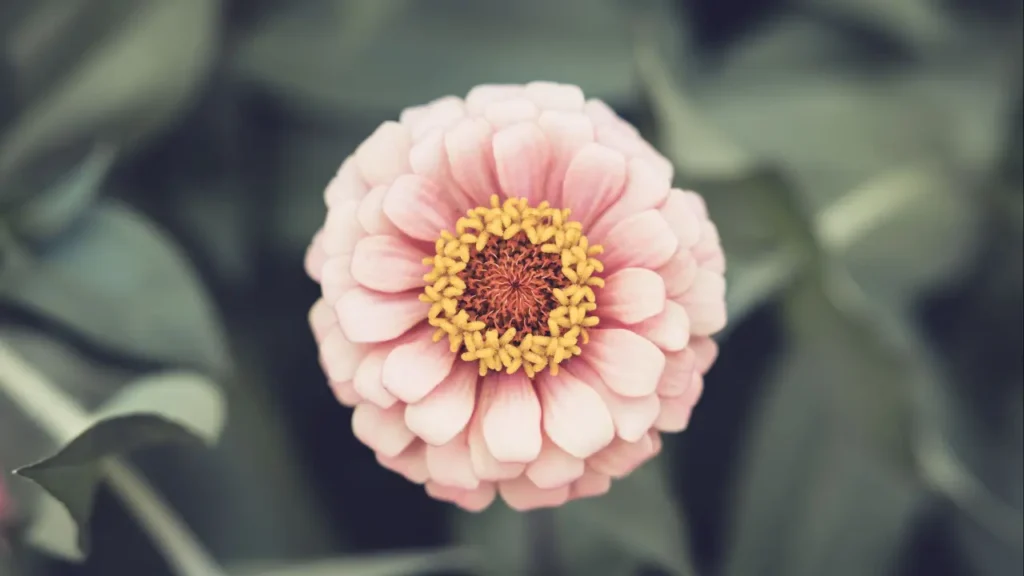
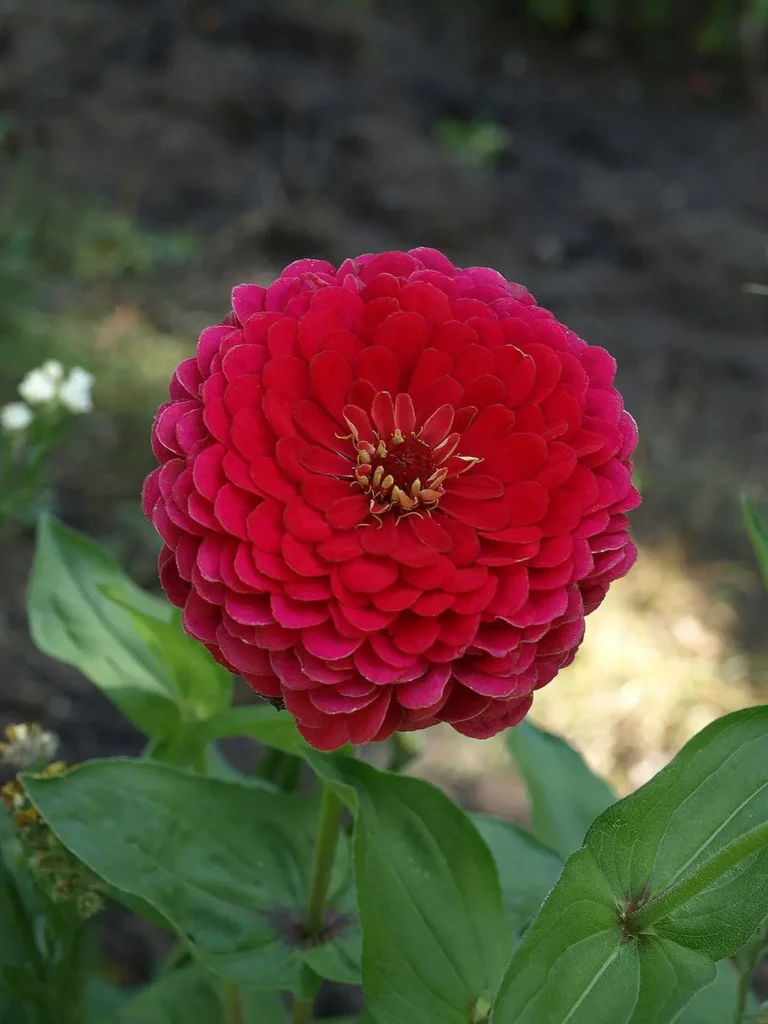
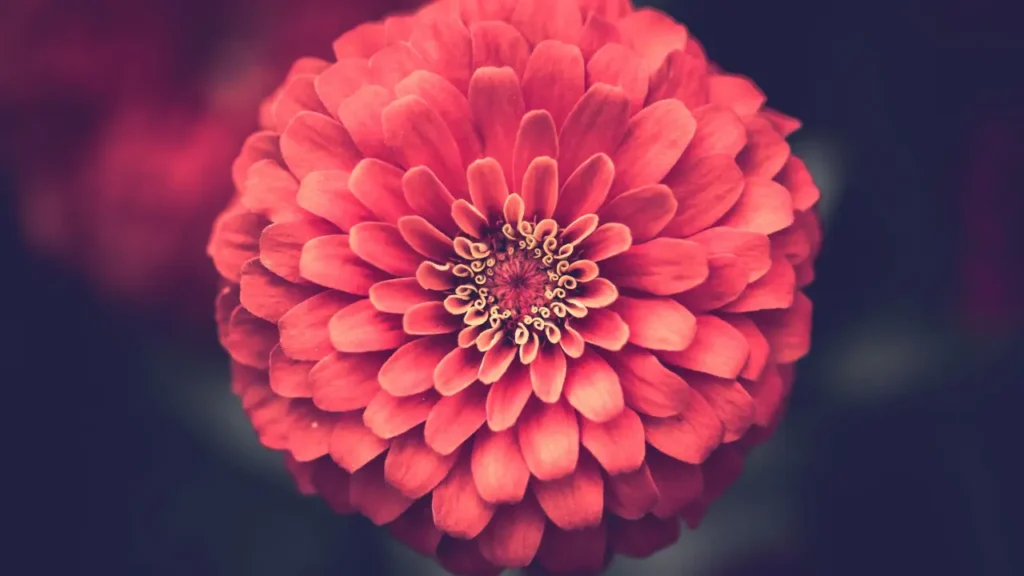
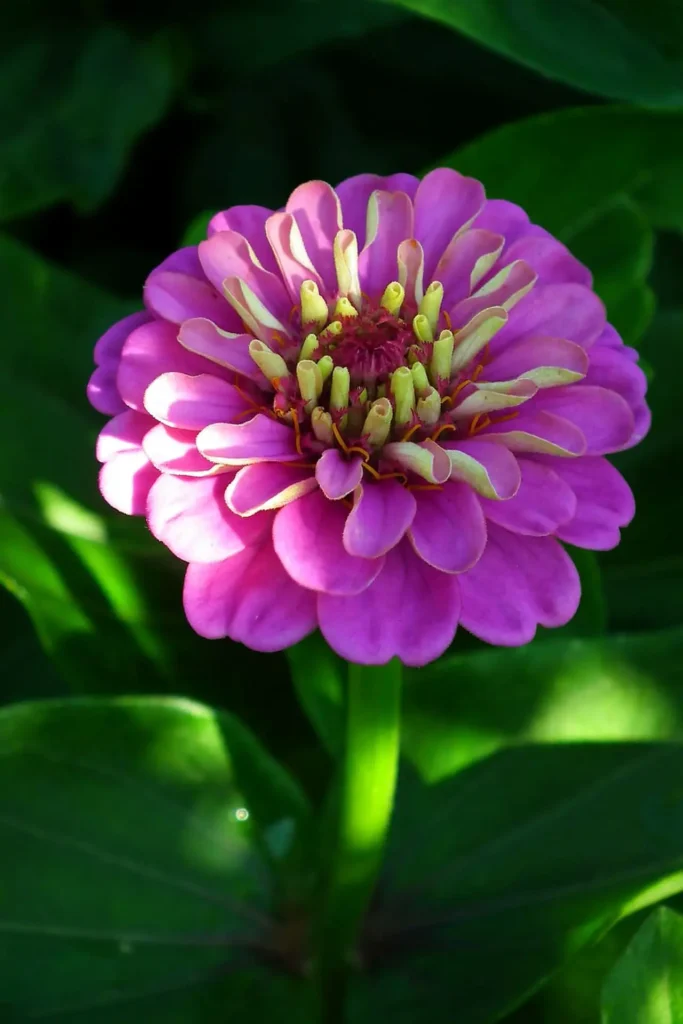
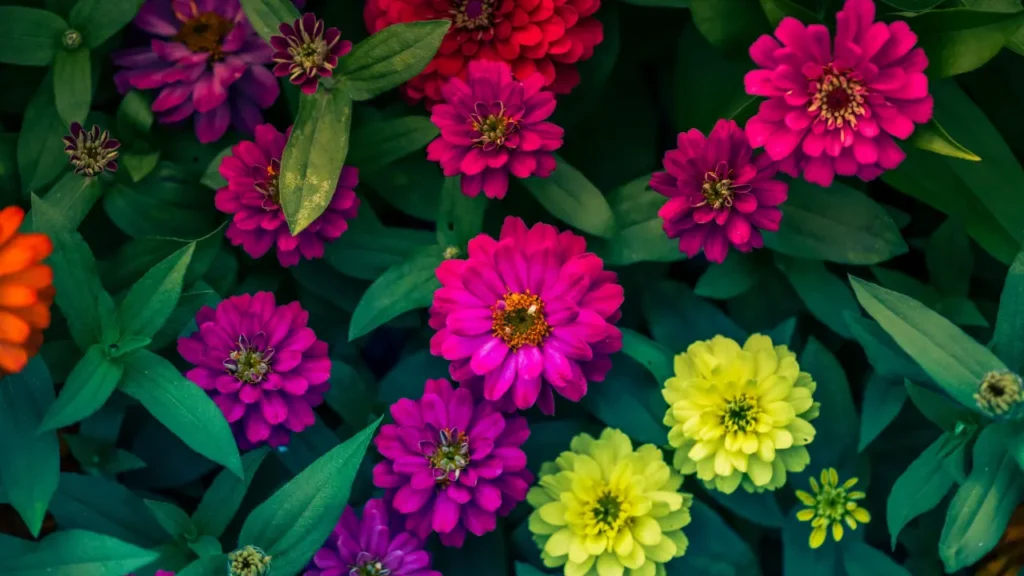
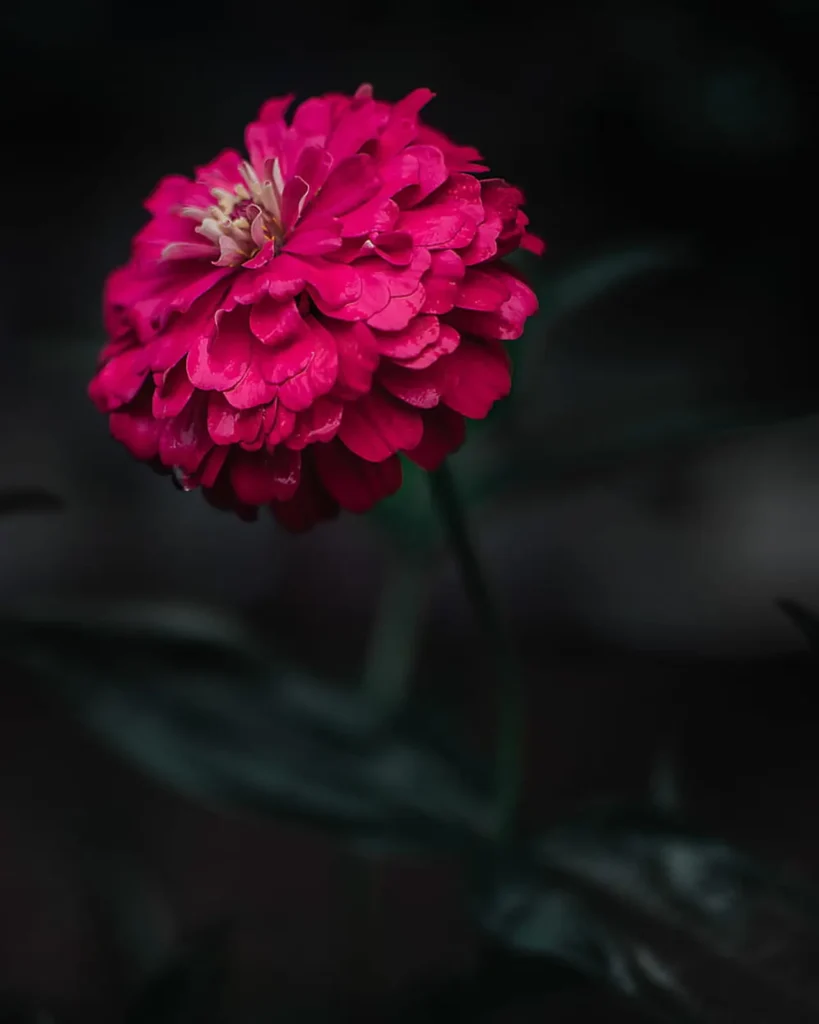
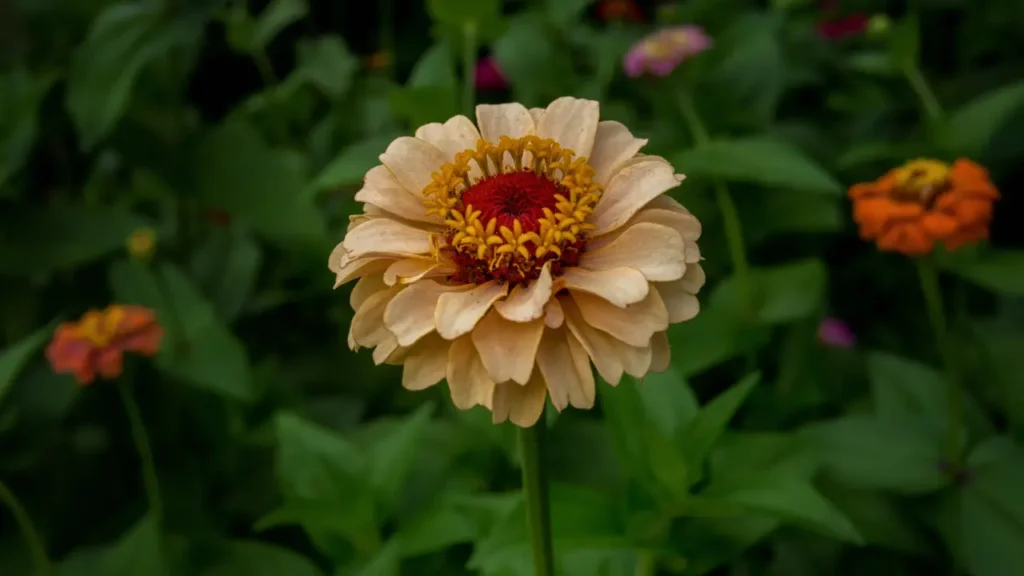
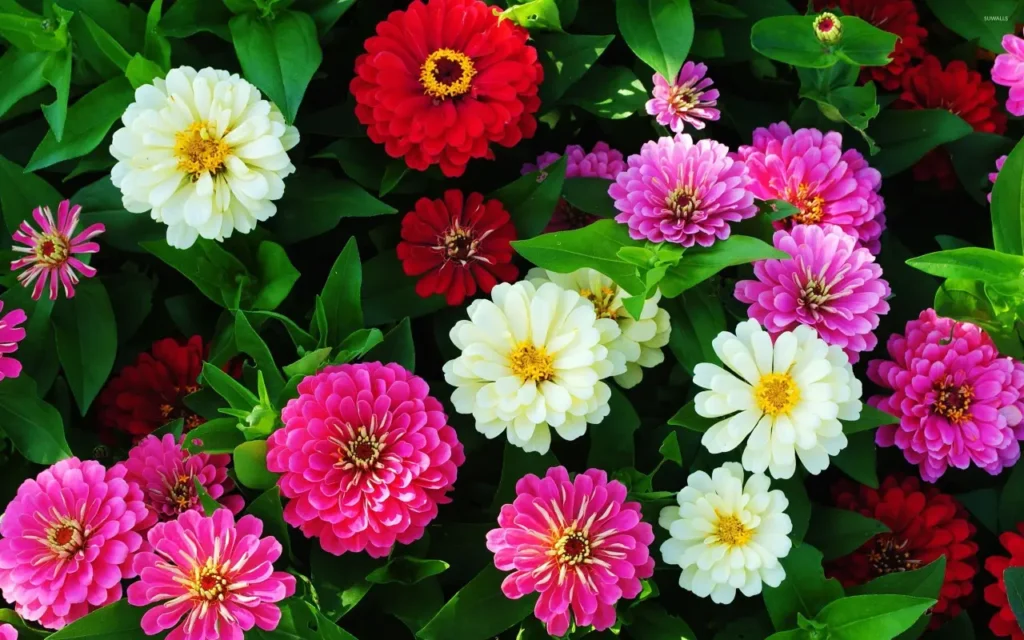
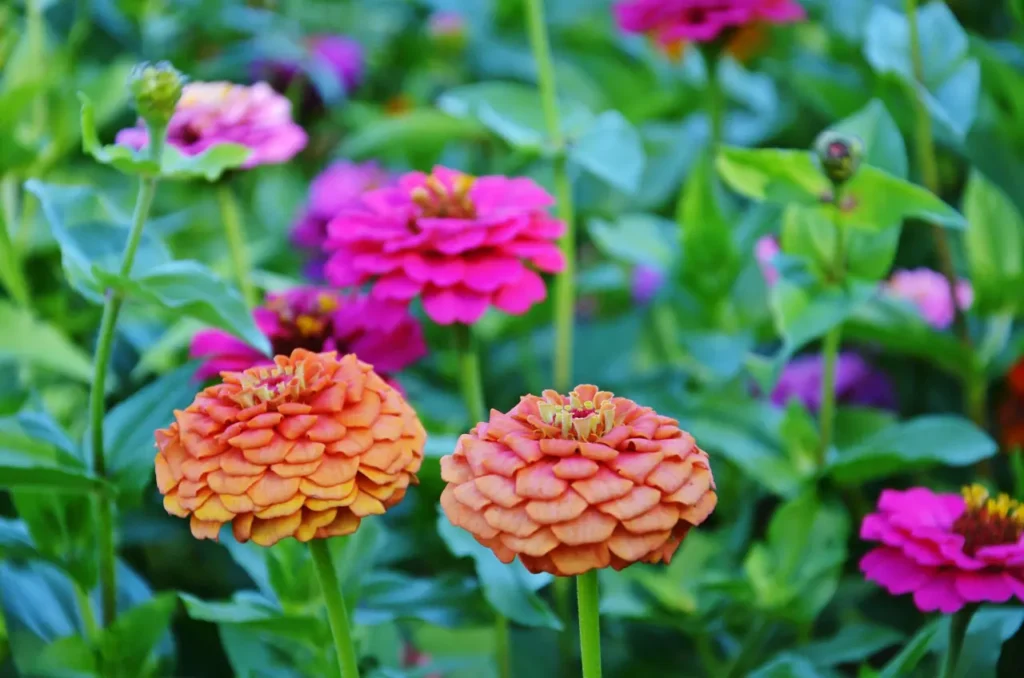
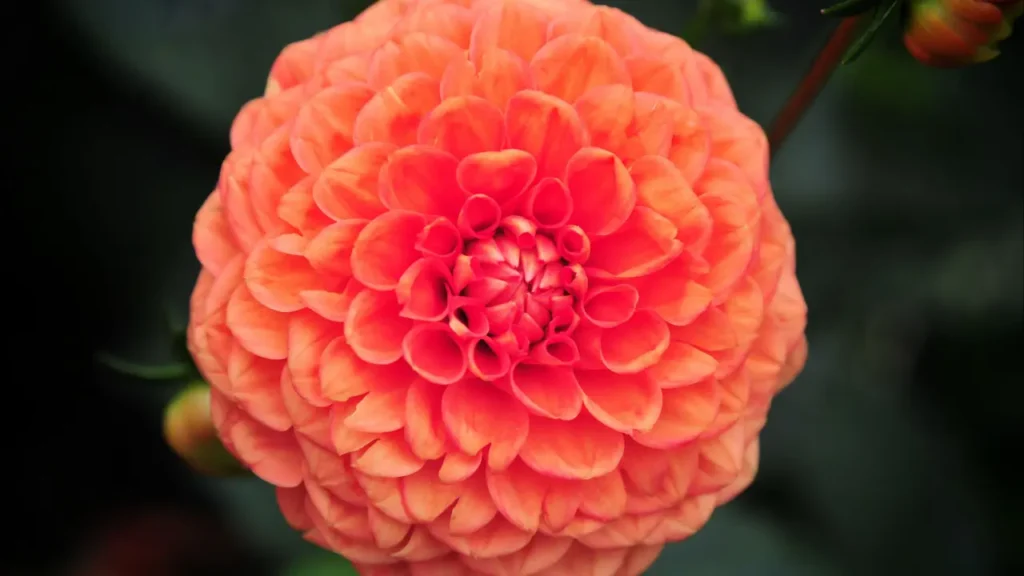
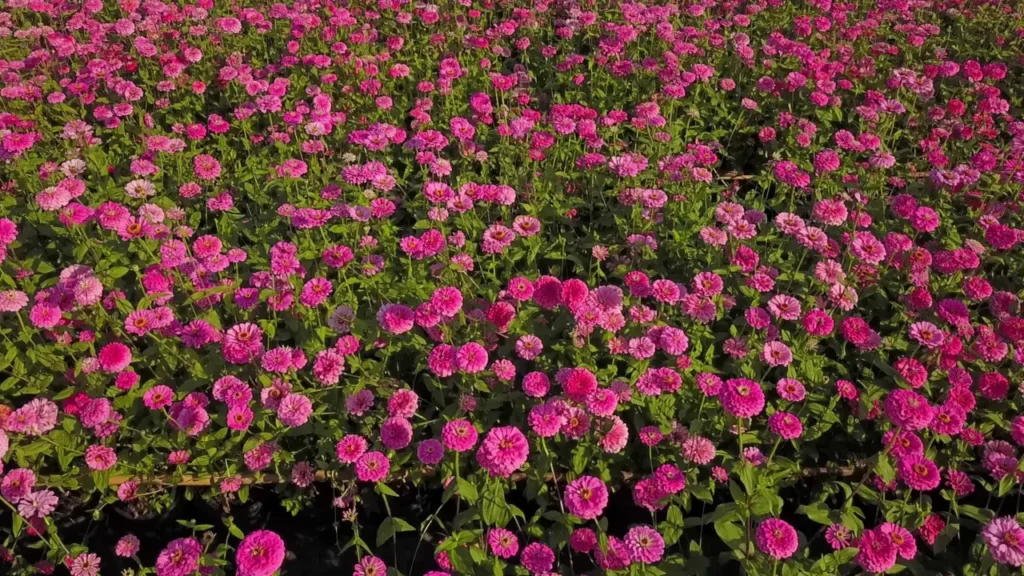
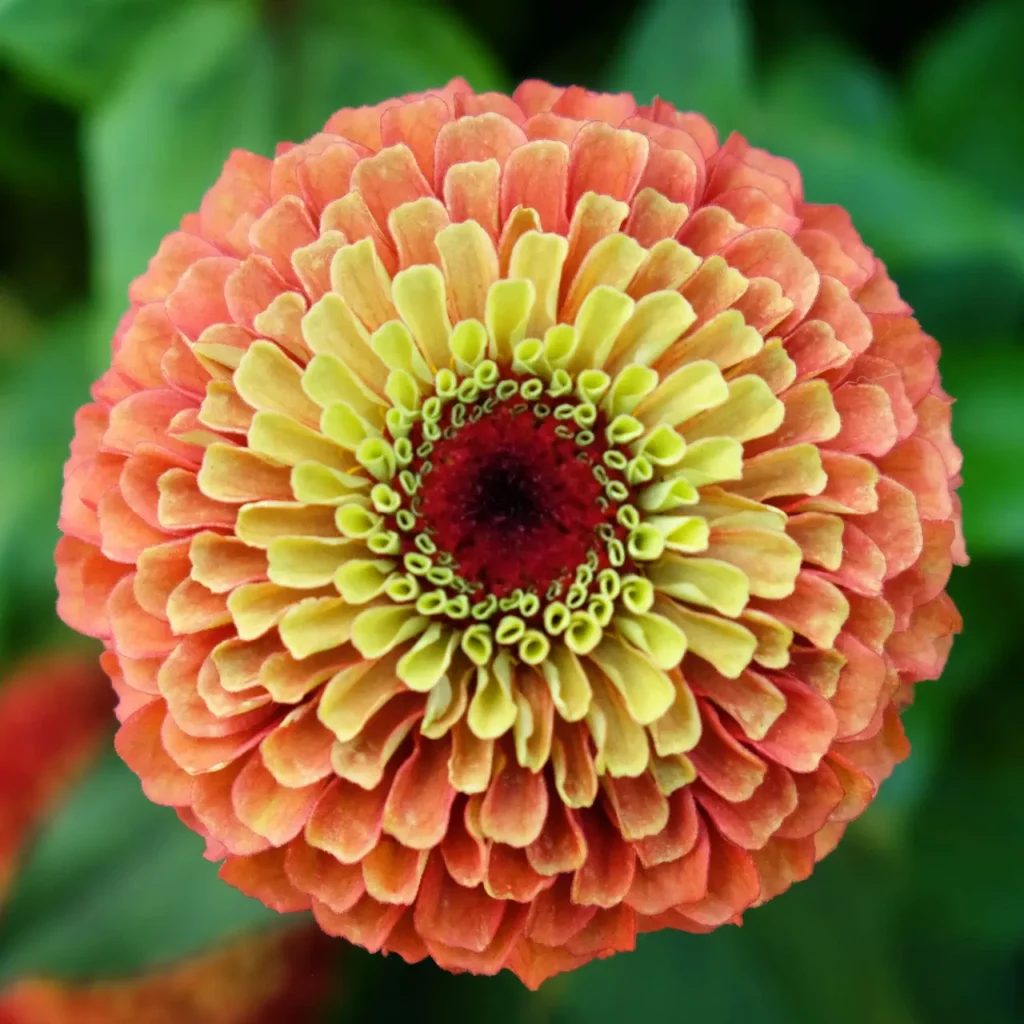
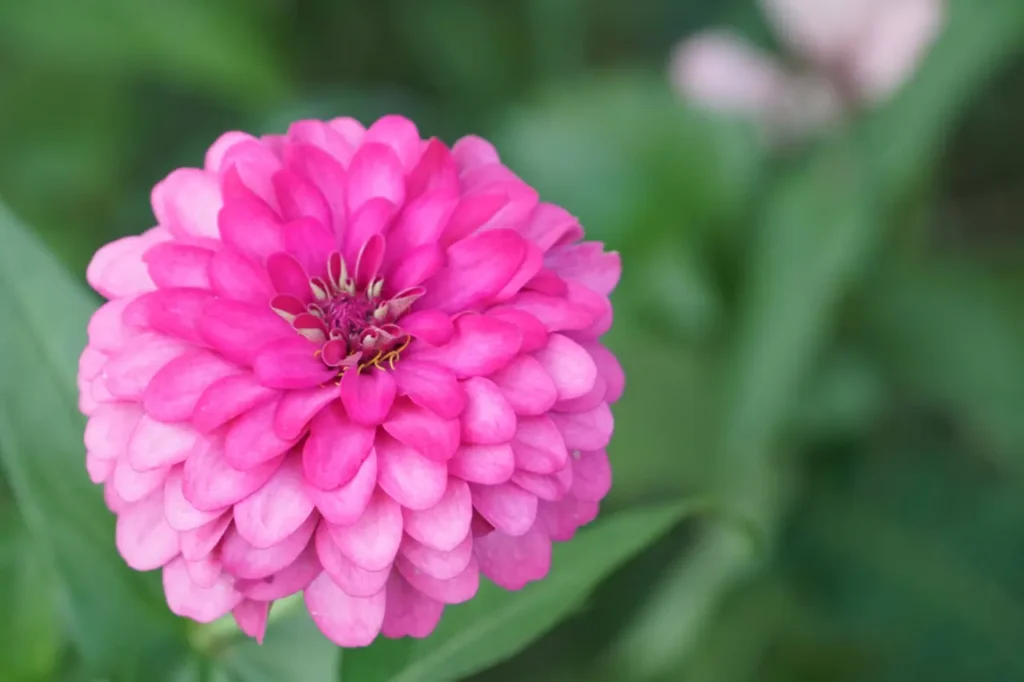
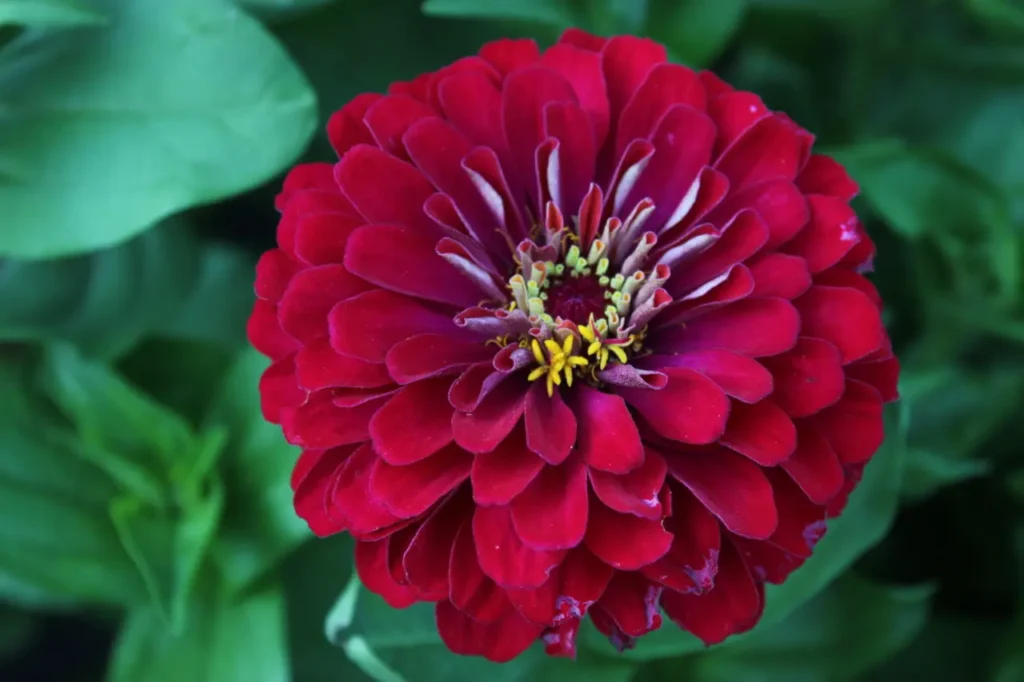
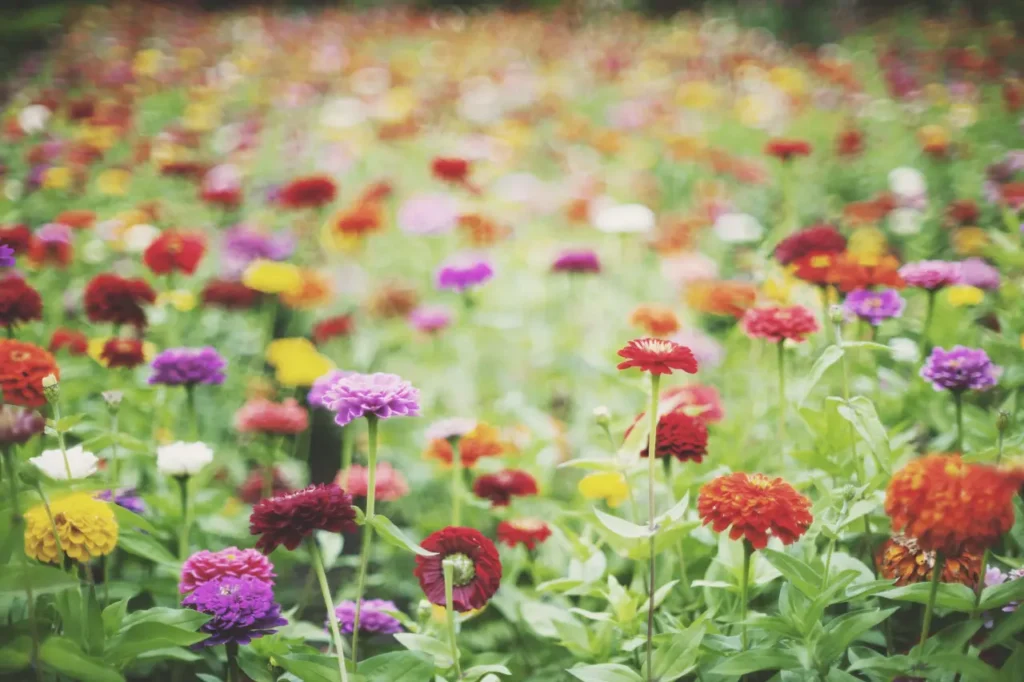
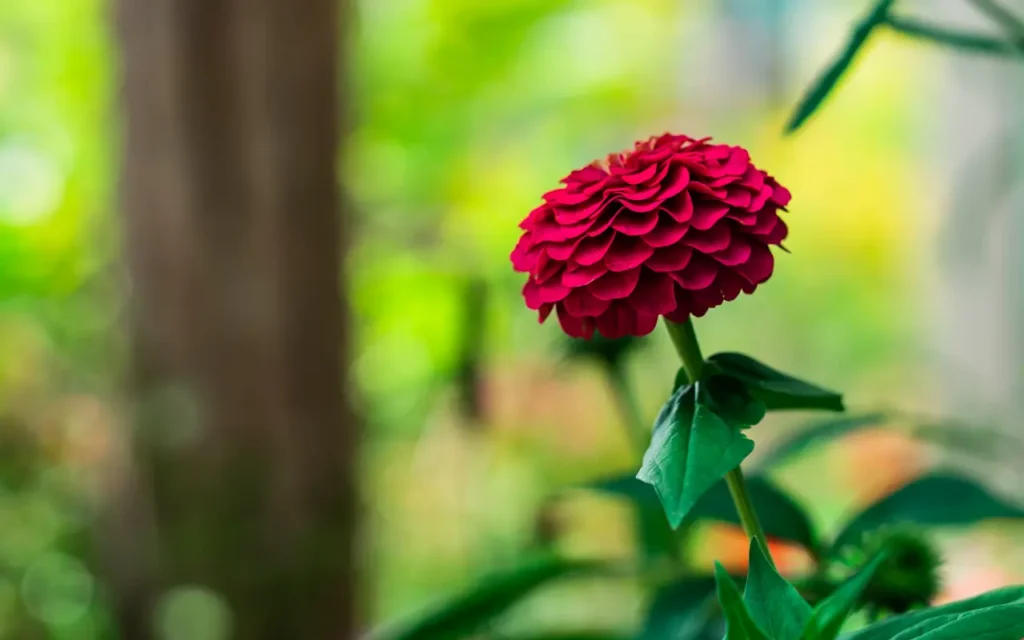
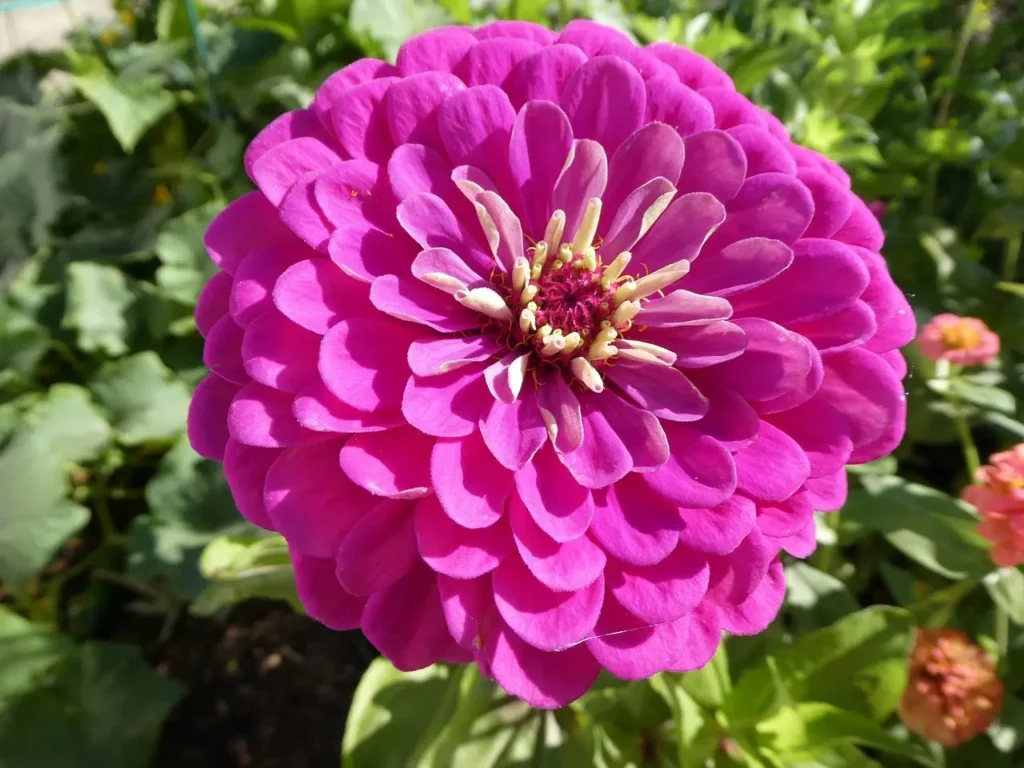
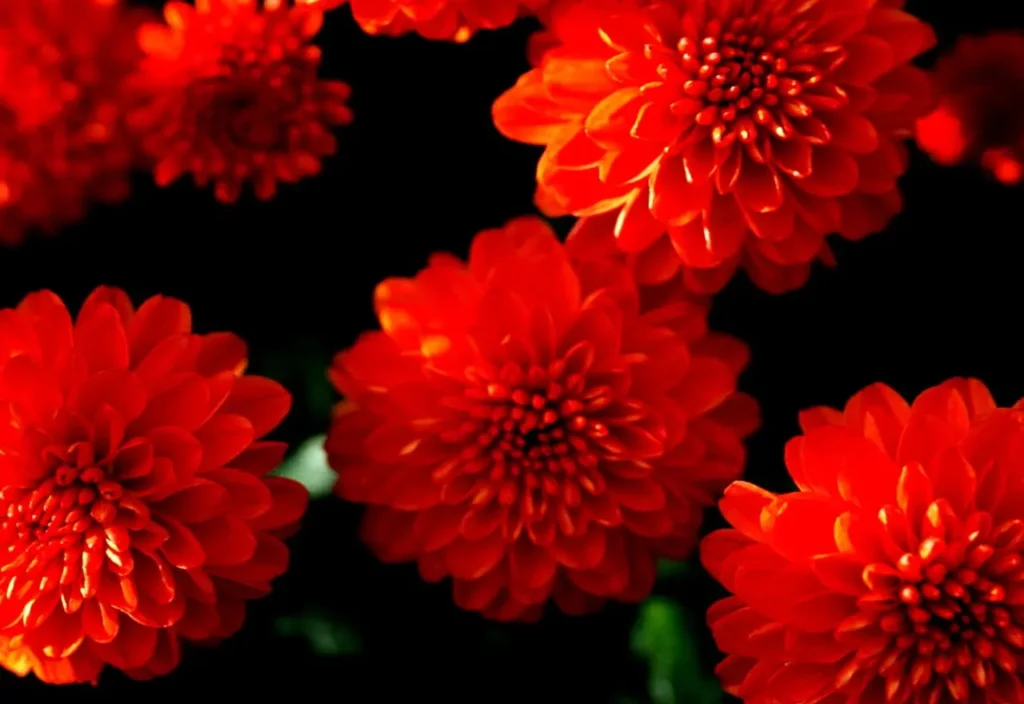
The color of the Zinnia flowers
Zinnia flowers (Zinnia spp.) come in a wide range of vibrant colors, making them a popular choice for adding a splash of color to gardens and floral arrangements. The color spectrum of Zinnia flowers includes:
- Red: Zinnias can display various shades of red, ranging from deep and intense red to bright and vibrant tones.
- Orange: Zinnias come in shades of orange, including bright oranges, apricot hues, and warm tangerine tones.
- Pink: Zinnias offer a range of pink shades, from delicate pastel pinks to rich and vibrant magenta.
- Purple: Zinnias can be found in different shades of purple, including lavender, lilac, and deep violet.
- Yellow: Zinnias come in shades of yellow, from sunny yellows to soft buttery hues.
- White: Zinnias can have pure white blooms, which create a crisp and clean appearance.
- Salmon: Some Zinnia cultivars feature salmon-colored flowers, with hues that range from soft peachy tones to warm coral shades.
- Magenta: Zinnias also offer a rich magenta color, which adds depth and vibrancy to floral displays.
- Bi-color: Certain Zinnia varieties exhibit bi-color flowers, with different colors and patterns present on the petals, creating an eye-catching display. For example, you can find zinnias with white or yellow petals adorned with splashes of contrasting colors like red or pink.
These are just some of the many colors available in Zinnia flowers. With their broad color palette, Zinnias provide a multitude of options for adding bright and beautiful hues to gardens, borders, and floral arrangements.
An Explosion of Color and Variety
Zinnias (Zinnia spp.) are members of the Asteraceae family and are native to the warm regions of North and South America. They come in a wide range of colors, including vibrant shades of red, orange, yellow, pink, purple, and white. These colorful blooms are often accompanied by striking variations in petal shapes, from single-petaled varieties to double and semi-double forms. Some zinnias even feature unique petal arrangements, such as the “cactus” variety with tubular, quill-like petals.
Cultural Significance and Symbolism
Zinnias hold cultural significance in different parts of the world. In Mexico, zinnias are associated with the Day of the Dead (Dia de los Muertos) celebrations, where they are used as decorations on altars and graves to honor departed loved ones. Their vibrant colors are believed to attract and guide spirits during the festivities.
Symbolically, zinnias are often associated with thoughts of remembrance, endurance, and lasting affection. They are also considered a symbol of friendship, making them a popular choice for gift bouquets or arrangements meant to convey warm wishes and heartfelt emotions.
Garden Beauties and Versatile Flowers
Zinnias are widely cherished for their versatility and ease of cultivation, making them a favorite among gardeners of all levels of experience. These sun-loving flowers thrive in well-draining soil and require moderate watering. They are well-suited for garden beds, borders, and containers, bringing charm and vibrancy to any landscape.
The compact and bushy nature of zinnia plants makes them a valuable addition to butterfly and pollinator gardens, attracting bees, butterflies, and hummingbirds with their nectar-rich flowers. Additionally, zinnias are known for their long blooming season, providing a continuous display of color from summer through early fall.
Beyond the garden, zinnias make excellent cut flowers, adding cheer and brightness to floral arrangements. With their sturdy stems and long vase life, zinnias are a popular choice for bouquets, wedding decorations, and other special occasions. Their vibrant colors and diverse petal shapes allow for creative and eye-catching floral designs.
Zinnias, with their vibrant colors, varied petal shapes, and cultural significance, bring joy and liveliness to gardens and floral displays. Their ability to attract pollinators, their versatility in garden settings, and their role as a symbol of remembrance and friendship make them truly special. Whether gracing a garden bed or adorning a vase, zinnias never fail to captivate with their colorful presence and cheery disposition. So, embrace the spirit of zinnias and let these enchanting flowers infuse your surroundings with their beauty and charm.